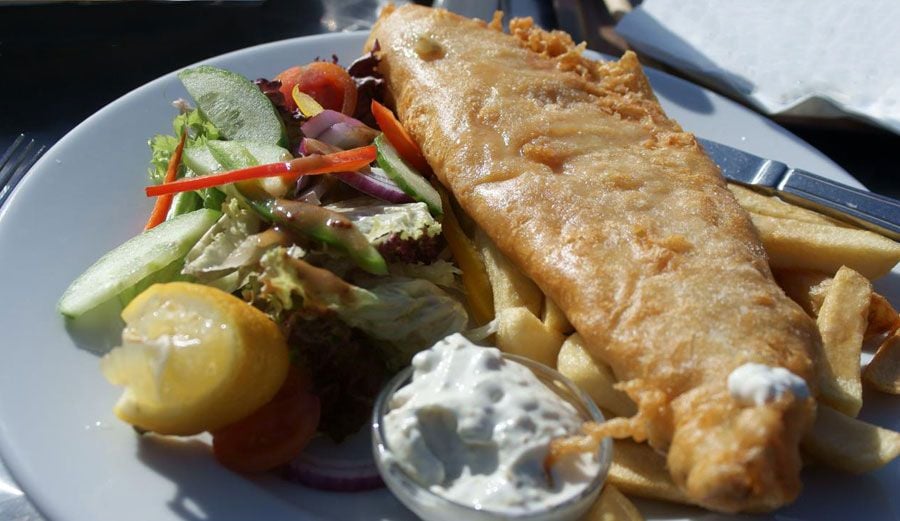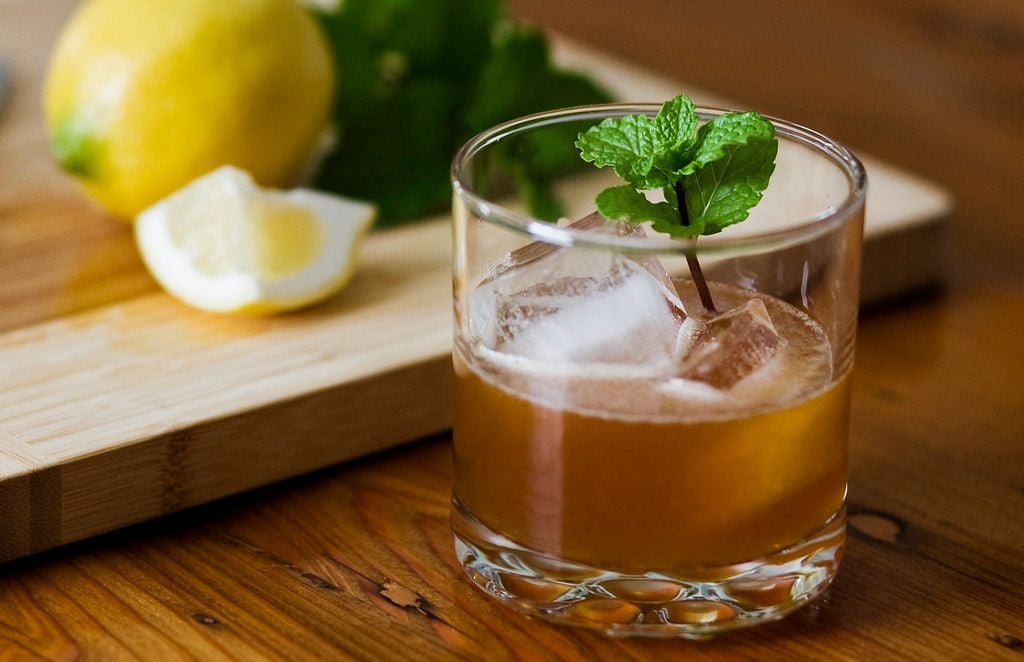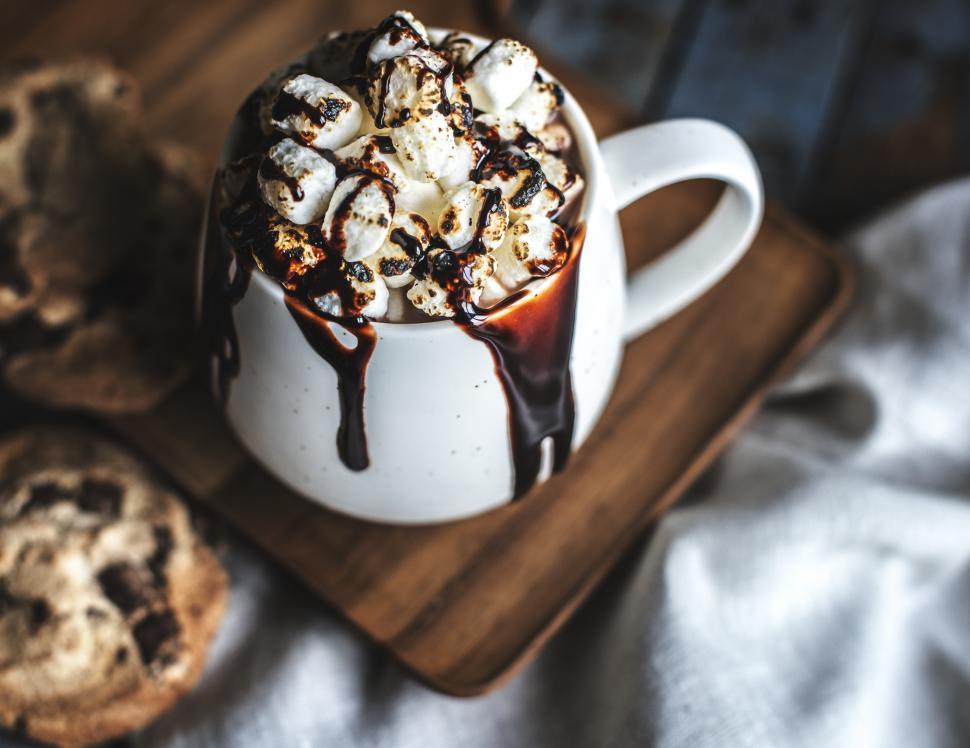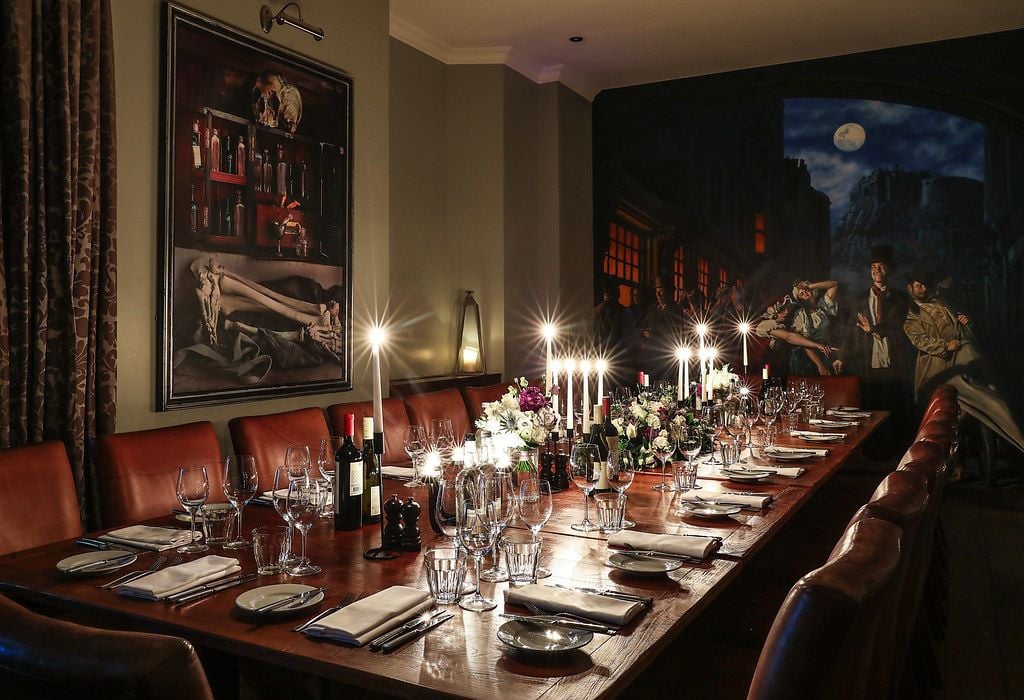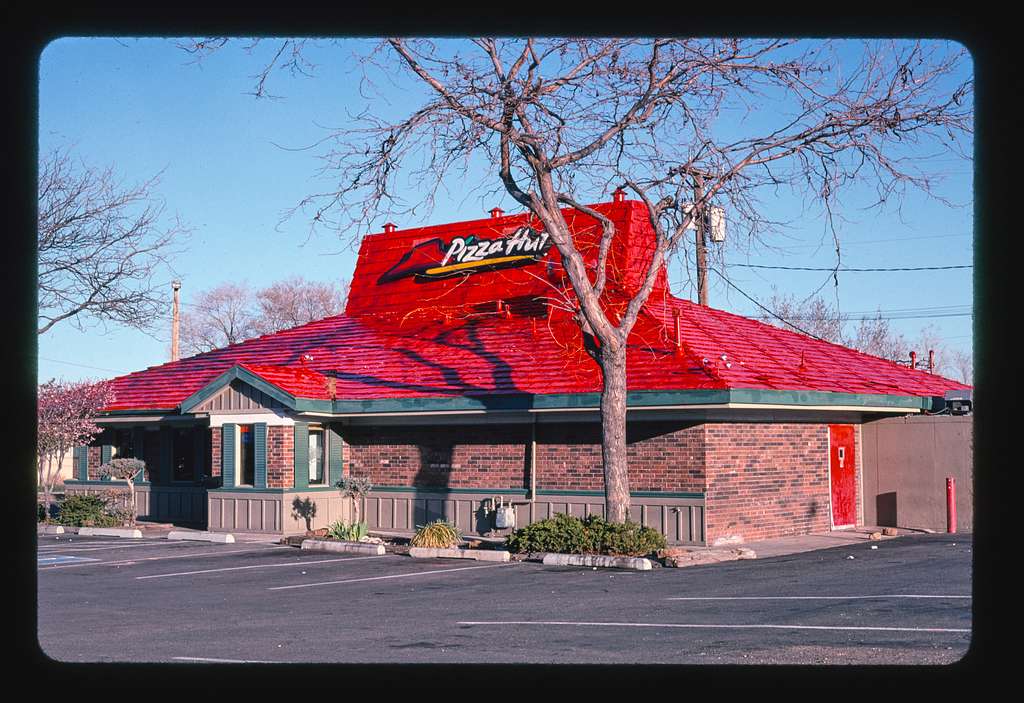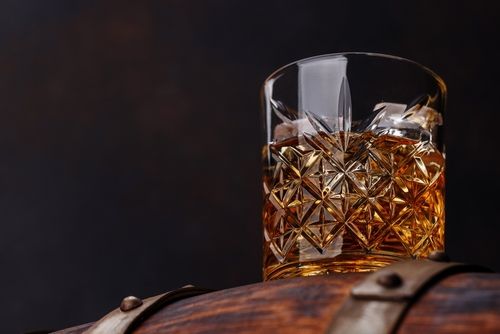
Down the Barrel: Uncovering the Bourbon-Whiskey Mystery
- May 25, 2025
One of the most prevailing myths in the realm of spirits is the assumption that bourbon and whiskey are two divergent entities. However, here's the real scoop - bourbon is a unique style of whiskey, with the main distinction being it's exclusively American made.
Whiskey is a broad umbrella which encompasses spirits formed from fermented cereal grains and aged in barrels. Curiously, within the U.S., the word whiskey is often used to denote both the global variety and any domestically distilled whiskey that doesn’t fit into the legally outlined categories.
“There is an astonishing diversity of whiskey types existing around the globe, many of which are still unknown," states John Campbell, chief operating officer and master distiller of Sespe Creek Distillery. "It’s a fact that there is a plethora of whiskey variations, even within the borders of a single nation.”
Each whiskey style is identified by various production elements, some of them legally sanctioned. As Sienna Jevremov, head distiller at Widow Jane Distillery, puts it, “From the type of grain to the distilling technique, the length of aging, and the blend, each changes the classification of the whiskey, creating numerous unique subgroups.”
Interestingly, compared to other whiskey styles, bourbon manufacturing is rigidly regulated. If a distillery fails to maintain the U.S. government’s set standards, the end result cannot be branded as bourbon.
Uniquely American, bourbon is strictly produced in the United States, whereas whiskey can be brewed anywhere, explains Brendan Cook, a master blender for Wyoming Whiskey.
Despite popular assumption, bourbon can be produced across the United States, not just in Kentucky. And even if a distillery abroad managed to master the bourbon recipe, they are not allowed to label their product as bourbon.
The grain recipe of bourbon must contain at least 51% corn. The balance usually includes rye, malted barley, and occasionally, wheat. This grain mix, known as the mash bill, serves as another avenue for distillers to tweak the flavor of their bourbon.
Bourbon also has explicit legal requirements around the alcoholic proof at which it needs to be distilled, stored, and bottled. As Jevremov states, “Bourbon must be distilled to less than 80% alcohol by volume (ABV), stored in new oak barrels at no higher than 60% ABV, and bottled at no less than 40% ABV (80 proof).”
Unlike other whiskey types, the aging process of bourbon takes place in wooden containers, and in particular, new, charred-oak barrels. This rule doesn’t apply to other types of whiskey, which often use barrels that previously held different kinds of wine, to infuse diverse flavors.
Bourbon barrels can only be used once, after which they are sold to producers in other regions who utilize them to age Scotch, Irish whiskey, and even tequila and rum.
According to federal law, there’s no required maturation time for bourbon in a barrel. However, if the label of a bourbon wishes to state its age, it should reflect the age of the youngest whiskey blended into the bottle. If it's aged under four years, the actual duration must be disclosed; any bourbon over four years doesn't require an age indication. Nevertheless, bourbon must be aged for a minimum of two years to earn the title of “straight bourbon whiskey.”
Unlike some other spirits, bourbon makers are not permitted to use artificial coloring or flavors. Its distinctive color and flavor are naturally acquired through the processes of mashing, fermenting, distilling, and aging.
To sum it up, bourbon is a particular type of whiskey and all bourbon is whiskey, but the reverse isn’t necessarily true. The distinguishing factor lies in the precise production regulations that epitomize bourbon whiskey.

